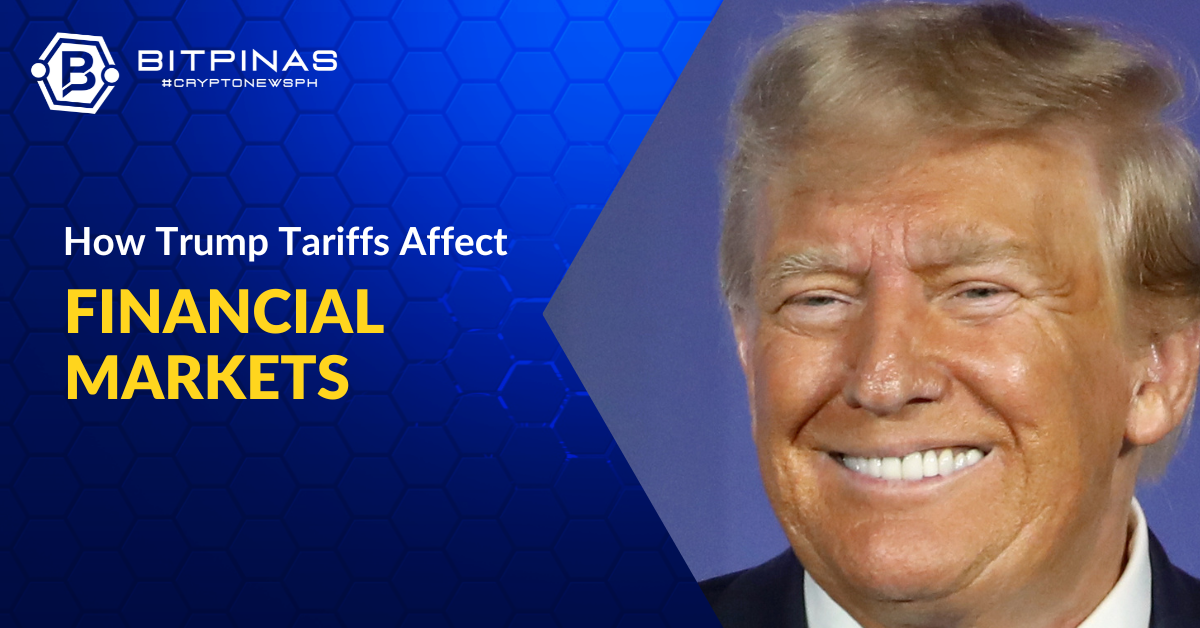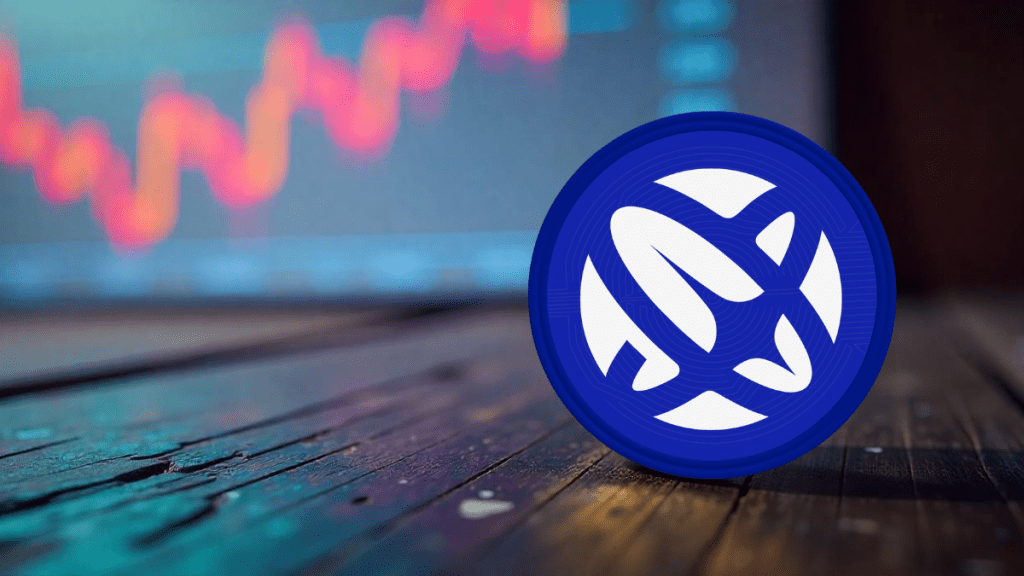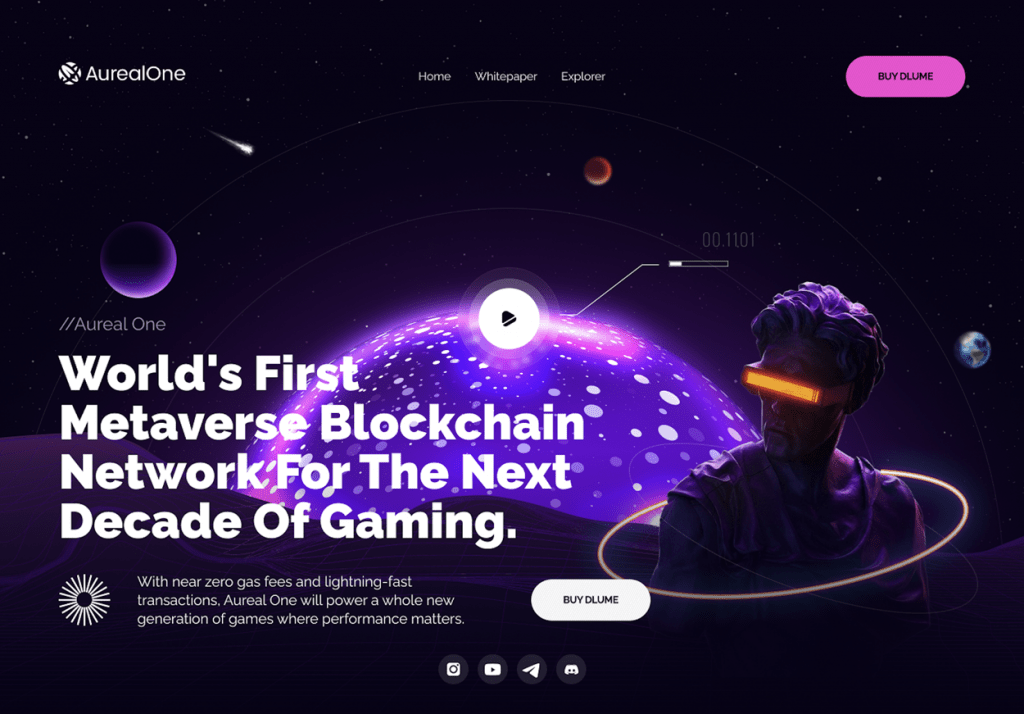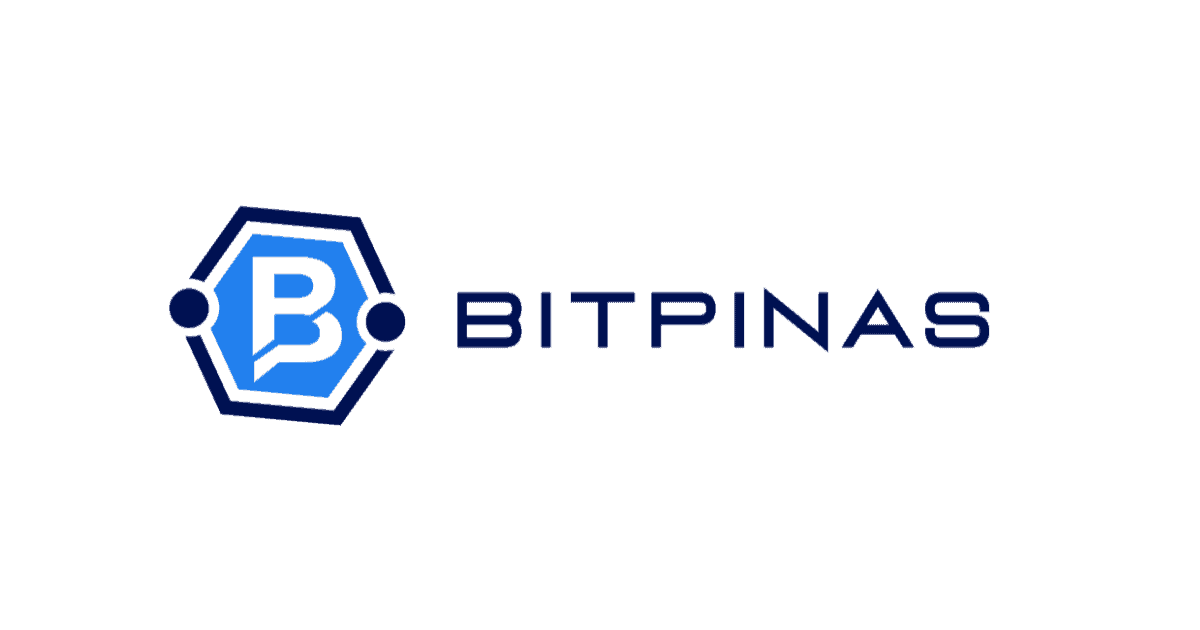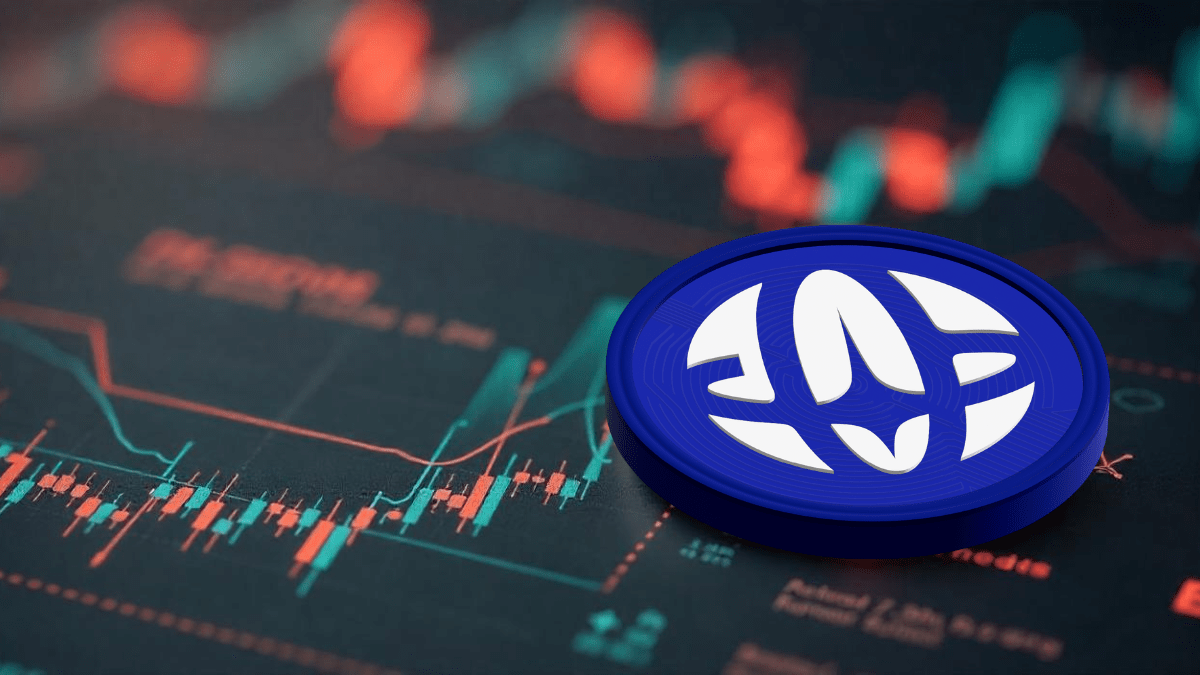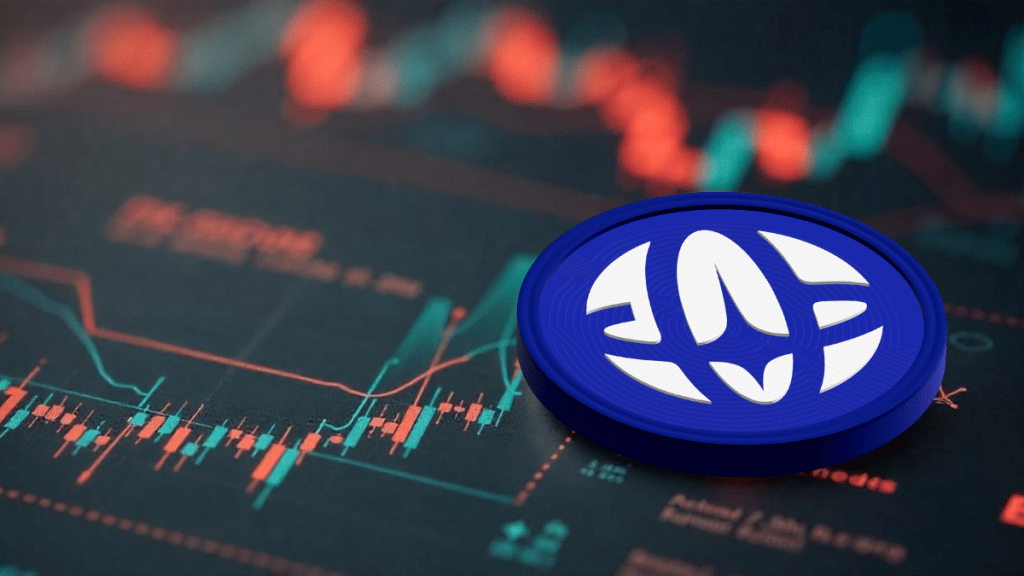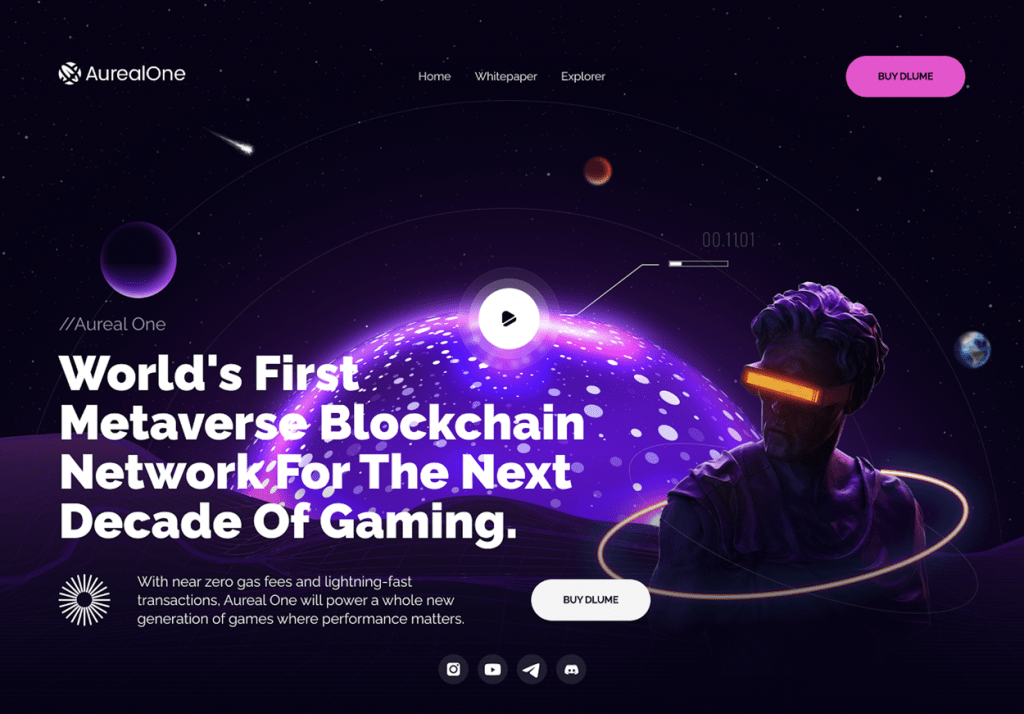On April 5, 2025, U.S. President Donald Trump imposed at least a 10% tariff on other countries, with some slapped at higher rates, including the European Union at 20%, Japan at 24%, and China at 34%. This raised global recession fears that caused investors to sell off risk assets, leading to a meltdown in multiple financial markets, including cryptocurrencies and stocks.
However, less than a week after the imposition, Trump announced a temporary halt to the tariff. This led to a bullish run in the crypto market.
Similar to cryptocurrencies, another investment asset has been impacted by tariffs and other economic moves by the U.S. government. And apparently, it has a relationship with the crypto market—most specifically Bitcoin. These are U.S. Treasuries.
Definition of Terms:
- Equity: Equity is the value that can be attributed to the owners of a business, whether public or private. It represents the owner’s interest in the asset and is calculated in both personal and business finance to gauge the health of an investment as a security, according to Investopedia.
- Stocks are a type of equity.
- Bonds: A bond is a security in which the investor lends money to the borrower, who must pay the lender back with a fixed interest after a set date.
- Treasury Bonds: Bonds issued by the government.
- U.S. Treasury Yield: The effective annual interest rate that the U.S. government pays on one of its debt obligations.
- It is the annual return investors can expect from holding a U.S. government security, including Treasury bonds.
- Quantitative Easing (QE): QE is a form of monetary policy in which a central bank purchases securities in the open market to reduce interest rates and increase the money supply, as defined by Investopedia.
- In essence, QE provides central banks with more liquidity, encouraging lending and investment.
- Implementing QE is expected to increase the domestic money supply and spur economic activity.
Financial Securities: How Can They Be Affected by Even a Single Economic Move
In an April 4, 2025, analysis—a day before the new tariff imposition—financial markets aggregator Barchart reported that the U.S. 10-year Treasury yield dropped below 4% for the first time since October 2024.
According to Barchart, the drop in the U.S. Treasury yield was due to investor fears over growing economic uncertainty, including tariffs, recession and a possible rate cut by the U.S. central bank, the Federal Reserve.
And because U.S. Treasury yields include interest rates on government-issued bonds, Treasury bond yields also experienced a drop at that time.

However, on April 7, 2025, the first Monday after the tariff imposition, Treasury bond yields surged while equities declined. Historically, these two securities are inversely related in terms of performance.
According to the online publication AInvest, because Trump’s tariff caused stock markets to meltdown, investor demand for U.S. Treasuries—including bonds—fluctuated.
Then Here Comes Bitcoin: Its Relationship w/ Financial Securities
Pre-tariff imposition, where the U.S. treasury yield was struggling, the crypto market was having a positive rally, including $BTC.

Moreover, historical data shows that when the U.S. Treasury yield struggles, investors tend to seek other investment assets that could offer higher returns, including $BTC, increasing liquidity and risk appetite.
“The irony is that when yields fall, there’s less reason to sit in ‘safe’ bonds— And ultimately more reason to chase returns in risk assets like BTC and alts. This is why you see risk-on bulls get excited when 10-year yields begin falling.”
Dan Gambardello, Crypto Analyst
On the other hand, the post-tariff period caused U.S. Treasury yields to rise, while the crypto market and equities declined. Investors sought less risky investment assets with fixed interest, unlike $BTC, which is volatile in nature.
“If inflation continues to exceed expectations, central banks might maintain a tighter monetary policy for longer periods, which historically has been unfavorable for risk assets. This potential shift necessitates a reevaluation of Bitcoin’s role in diversified portfolios, particularly as it may increasingly function independently from equities.”
Mike Cahill, Chief Executive Officer, Douro Labs
However, in terms of long-term store of value, $BTC is seen as the better asset. Analysts believe Trump’s aggressive tariff policy could produce inflationary pressure—tariff-related costs would rise, consumer prices would follow, and the global economy could be affected.
This, in turn, could cause investors to choose $BTC over other investment instruments.
Lastly, if the Federal Reserve decides to use QE to improve the country’s economic situation, $BTC and the crypto market could recover and experience a bullish rally, according to Arthur Hayes, the founder of BitMEX, a peer-to-peer trading platform specializing in leveraged contracts traded in $BTC.
“We need Fed easing, the 2yr treasury yield dumped after Tariff announcement because the market is telling us the Fed will be cutting soon and possibly restarting QE to counter -ve economic impact.”
Arthur Hayes, Founder, BitMEX
The same sentiment was expressed by crypto analyst Miles Deutscher, who stated that $BTC could reach its new all-time high if the Federal Reserve opts for QE.
- Read More: Crypto Analyst: $BTC Likely to Rally with ATH Records Between Q3 2025 and Q1 2026
To Conclude
Here is how financial securities and $BTC behave according to different economic situations.
| Aggressive Tariff | Neutral Tariff | Raised Fed Rate | Fed Rate Cut | QE Imposition | |
| $BTC and Crypto Market | Down | Up | Down | Up | Up |
| U.S. Treasury Yields | Up | Down | Up | Down | Down |
| Equity | Down | Up | Down | Up | Up |
This article is published on BitPinas: How Trump’s Tariffs Are Shaking Up Crypto, Bonds, and Bitcoin’s Role as a Safe Haven
What else is happening in Crypto Philippines and beyond?
